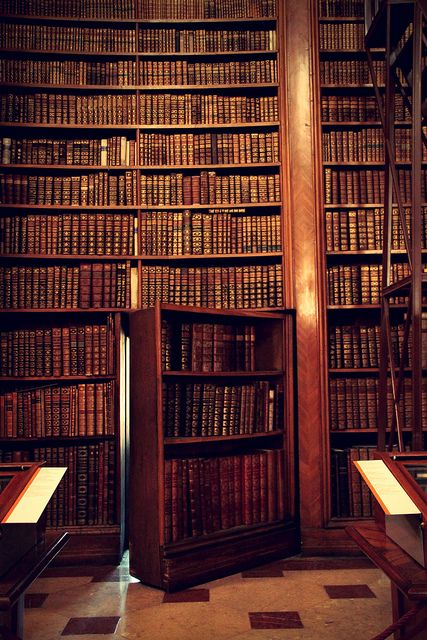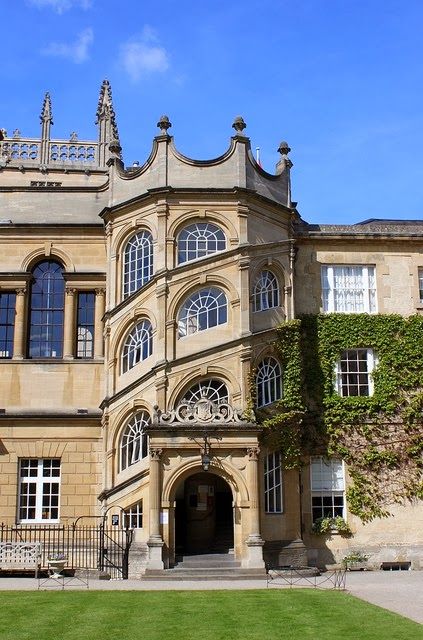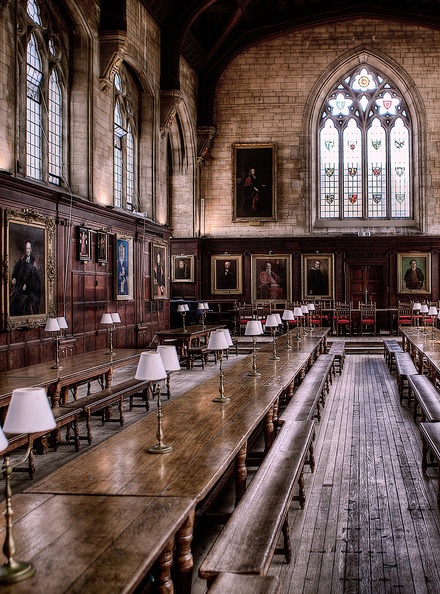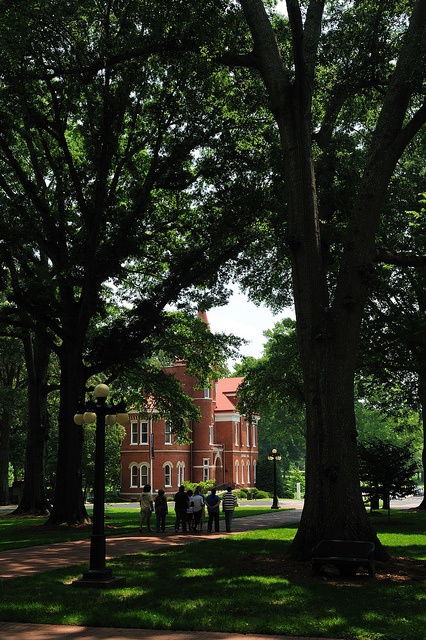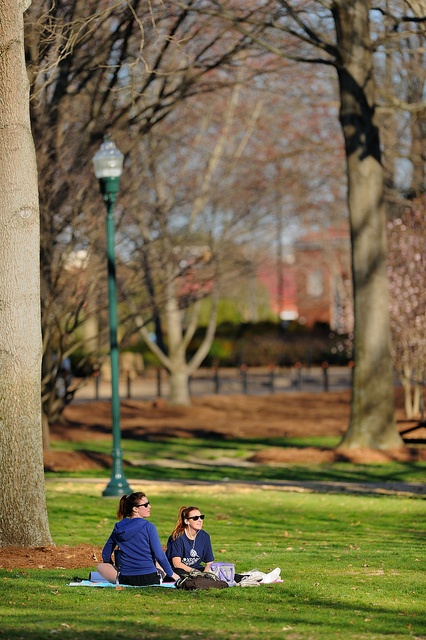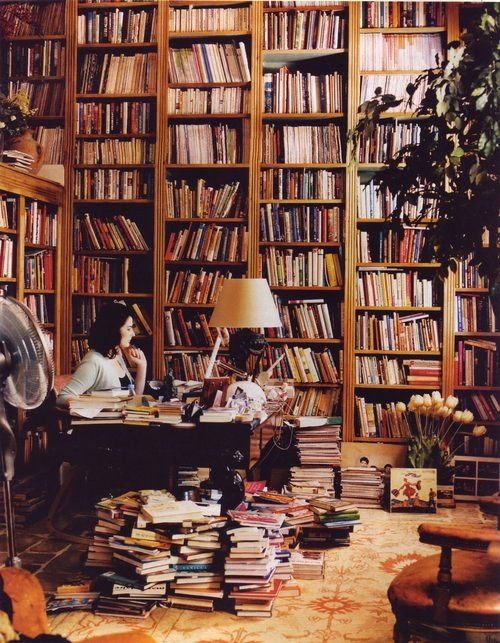Español – inglés
PALABRA Ó FRASE Nº 1878
CONVENIR verbo
1 (acordar) TO AGREE: convinieron en que se repartirían el trabajo,
they agreed to share the work
Los editores de Oxford
Al mismo tiempo, la Sociedad empezaba a preocuparse por la publicación de lo que ahora era obvio debía ser un libro inmensamente grande. A lo largo de los años, se había hablado con varias editoriales tanto sobre la producción de páginas de prueba o de la posible publicación de toda la obra, pero aún no habían llegado a ningún acuerdo. Entre esas editoriales estaban Cambridge y Oxford University Press (OUP).
Finalmente, en 1879, tras dos años de negociaciones en las que intervinieron Sweet, Furnivall y Murray, Oxford University Press aceptó no sólo publicar el diccionario, sino, además, pagar un sueldo como editor a Murray (quien para entonces era además el presidente de la Sociedad Filológica). Esperaban que la obra pudiera ser, así, completada en otros diez años.
Fue Murray quien realmente logró hacer despegar al proyecto, y fue capaz de abarcarlo en toda su escala. Debido a que tenía muchos hijos, eligió no utilizar su propia casa (en el suburbio londinense de Mill Hill) como lugar de trabajo; así, erigió para él y sus asistentes un edificio de hierro forrado de pino, al que llamó “Scriptorium”. Estaba provisto de 1029 casillas y muchas estanterías.
Murray rastreó y reunió entonces las fichas ya recolectadas por Furnivall, pero las juzgó inadecuadas ya que los lectores se habían centrado en palabras raras e interesantes, por lo que tenían muchas más citas para palabras apenas utilizadas que para otras más comunes. Hizo así una nueva petición de lectores, que fue ampliamente publicitada en periódicos y distribuida en librerías y bibliotecas. Esta vez se pidió específicamente a los lectores que informaran de “tantas citas como pueda de palabras comunes”, así como de todas las que parecieran “raras, obsoletas, anticuadas, nuevas, peculiares o utilizadas de forma peculiar”. Murray dispuso que el filólogo de Pensilvania Francis March gestionara el proceso en Norteamérica. Pronto tuvieron 1000 fichas que llegaban cada día al Scriptorium, y para 1882 había 3.500.000.
El 1 de febrero de 1884, 23 años tras las páginas de prueba de Coleridge, se publicó finalmente la primera entrega, o fascículo, del diccionario real. El título completo era ahora “A New English Dictionary on Historical Principles; Founded Mainly on the Materials Collected by The Philological Society”, es decir, “Un nuevo diccionario de inglés basado en principios históricos; basado principalmente en el material recopilado por la Sociedad Filológica”. Sus 352 páginas, que contenían las palabras desde “A” hasta “Ant”, tenían un precio de 12 peniques en el Reino Unido. El decepcionante total de las ventas fue de unos 4.000 ejemplares.
Era claro ahora para la OUP que llevaría demasiado tiempo completar la obra si los acuerdos editoriales no eran revisados. Por ello, aportaron fondos adicionales para asistentes, pero a cambio presentaron dos nuevas exigencias a Murray: la primera fue que se trasladara de Mill Hill a Oxford, lo que hizo en 1885. De nuevo construyó un Scriptorium en su propiedad (para apaciguar a un vecino, este tuvo que ser parcialmente subterráneo), y la oficina de correos de Oxford lo recompensó instalando un buzón justo enfrente de su casa.
Murray fue más reacio a la segunda exigencia: que si no podía cumplir con el calendario previsto, debía contratar a un segundo editor jefe que trabajaría en paralelo, fuera de su supervisión, en palabras de distintas partes del abecedario. No quería compartir el trabajo, y pensaba que podría ir más rápidamente a medida que ganara experiencia. Pero no pudo, y finalmente fue obligado por Philip Gell de la OUP. Así, Henry Bradley, a quien Murray había contratado como su asistente en 1884 fue ascendido y empezó a trabajar autónomamente en 1888 en una dependencia del Museo Británico de Londres. En 1896 Bradley se mudó a Oxford, y trabajó en la propia universidad.
Gell continuó agobiando a ambos editores con el fin de hacer más comercial la empresa, recortando gastos y acelerando la producción, hasta el punto de que el proyecto estuvo a punto de colapsar; pero una vez que se informó de esto por la prensa, la opinión pública apoyó a los editores. Gell fue entonces despedido, y la universidad invirtió su política de recortar gastos. Si los editores creían que el diccionario debía hacerse más grande de lo previsto, lo sería; era un trabajo tan importante que debía gastarse todo el tiempo y el dinero que fueran necesarios para terminarlo apropiadamente.
Pero ni Murray ni Bradley vivieron para verlo terminado. Murray murió en 1915. Había sido el responsable de las palabras empezadas por A-D, H-K, O-P y T, es decir, aproximadamente la mitad del diccionario completo; Bradley murió en 1923. Se había encargado de trabajar en las palabras que empezaban en E-G, L-M, S-Sh, St, y W-We. Para entonces habían ascendido de asistentes a independientes a otros dos editores, así es que el trabajo continuó sin mucho problema. William Craigie, que empezó en 1901, fue responsable de los términos que empezaban con N, Q-R, Si-Sq, U-V, y Wo-Wy. Como la OUP había llegado a la conclusión de que Londres estaba demasiado lejos de Oxford para que los editores pudieran trabajar allí, después de 1925 Craigie trabajó en Chicago, Illinois, donde había aceptado el cargo de profesor. El cuarto editor fue C. T. Onions, quien empezó en 1914 y finalizó los tramos restantes: Su-Sz, Wh-Wo, y X-Z.
====================================EN INGLÉS======================================
The editors of Oxford
At the same time, the Company began to worry about the publication of what was now obviously must be exceedingly great book. Throughout the years, he had talked to several publishers on both production test pages or the possible publication of the whole work, but had not yet reached any agreement. Among these publishers were Cambridge and Oxford University Press (OUP).
Finally, in 1879, after two years of negotiations that involved Sweet, Furnivall and Murray, Oxford University Press are accepted not only publish the dictionary, but also pay a salary as editor Murray (who by then was also the president of the Philological) Company. They hoped that the work would be, well, completed in ten years.
It was Murray who really managed to take off the project, and was able to cover it in full scale. Because had many children, chose not to use your own home (in the London suburb of Mill Hill ) as a workplace; thus erected for him and his assistants iron building lined pine, which he called “Scriptorium”. I was provided with 1029 boxes and many shelves.
Murray tracked down and brought the chips and then collected by Furnivall, but judged inadequate since readers had focused on rare and interesting words, so many more appointments had just used words more common than others. And made a new request for readers, which was widely publicized in newspapers and distributed in bookstores and libraries. This time was specifically asked to inform readers of “many quotes as possible from common words” and all that seem “rare, obsolete, old-fashioned, new, peculiar or used in a peculiar way.” Murray ordered the Pennsylvania philologist Francis March manage the process in North America. Soon they had 1000 chips arriving every day Scriptorium, and by 1882 was 3,500,000.
On February 1, 1884, 23 years after the test pages of Coleridge, was finally published the first installment, or bundle, the actual dictionary. The full title was now “A New Inglés Dictionary on Historical Principles, Founded Mainly on the Materials Collected by The Philological Society”, ie, “A new English dictionary based on historical principles, based mainly on the materials collected by the Philological Society “. Its 352 pages, containing the words from “A” to “Ant”, had a price of 12 pence in the UK. The disappointing sales total was about 4,000 copies.
It was now clear to the OUP that take too long to complete the work if the publishing agreements were not reviewed. Therefore, provided additional funds for workers, but instead presented two new demands on Murray: the first was that he move from Mill Hill to Oxford ., which he did in 1885 Again built a Scriptorium in property (to appease a neighbor, this had to be partially underground), and Post Office Oxford rewarded just installing a mailbox in front of his house.
Murray was more reluctant to the second requirement: that if he could not meet the schedule, should hire a deputy chief editor would work in parallel without their supervision, in the words of different parts of the alphabet. I did not want to share the work, and thought I could go faster as you earn experience. But he could not, and was finally forced by Philip Gell of the OUP. So, Henry Bradley , who had hired Murray as his assistant in 1884 was promoted and began working independently in 1888 in a dependency of the British Museum in London. In 1896, Bradley moved to Oxford, and worked at the university.
Gell continued to plague both editors in order to make the company’s business, cutting costs and speeding up production to the point that the project was on the verge of collapse; but once this was reported by the press, public opinion backed the editors. Gell was then fired, and the university reversed its policy of cutting costs. If the editors believe that the dictionary you should be larger than expected, it would; was an important job to be spent all the time and money that are necessary to complete properly.
But neither Murray nor Bradley lived to see it finished. Murray died in 1915 had been responsible for the words Started by AD, HK, OP and T, ie, about half of the entire dictionary.; Bradley died in 1923. Had been commissioned to work on words beginning in EG, LM, S-Sh, St and W-We. By then they had been promoted from assistant to independent two other editors, so the work continued without much problem. William Craigie , starting in 1901 , he was responsible for the terms beginning with N, QR, Si-Sq, UV and Wo-Wy. As the OUP had concluded that London was too far from Oxford for publishers could work there, after 1925 Craigie worked in Chicago, Illinois , where he accepted the position of professor. The fourth editor was CT Onions , who started in 1914 and finished the remaining sections: Su-Sz, Wh-Wo and XZ.
